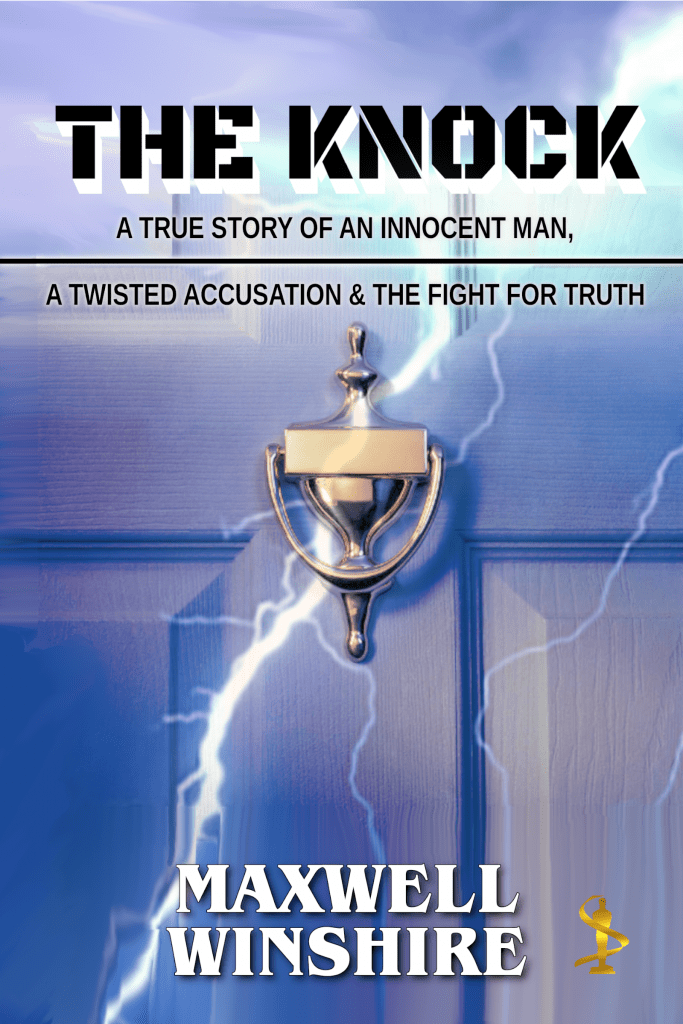How to write a dystopian novel
This article will show you how to write a dystopian novel by breaking it down into five sections: Rules, Ideas, Setting, Plot and Ending, which you can jump directly to using the links below:
JUMP TO SECTION
1) Rules of dystopian genre
2) Ideas for a dystopian story
3) Setting in Dystopian fiction
4) How to plot a dystopian novel
5) How to end a dystopian story
1) Rules of dystopian genre
A dystopia is defined as, “a very bad or unfair society in which there is a lot of suffering, especially an imaginary society in the future, after something terrible has happened,” in contrast to Utopia which is defined as, “a perfect society in which people work well with each other and are happy.”
Therefore, our first rule of the dystopian genre is that it is about an unfair future society. In other words, the way the systems in a country organize people, and the work they do, and their interactions is not fair. The unfair systems may include education, environment, government and political, law and order, military, social, religious, entertainment or media.
Our second rule is that these systems are unfair because they cause suffering to people. They are not just unfair in an abstract moral sense, but the outcome of the processes and procedures within that system must hurt people emotionally, financially, psychologically or physically.
And our third rule is that this unfair future society usually happens after something terrible has happened. This means that something has happened to cause a cataclysmic change in the society we live in now.
2) Ideas for a dystopian story
Based on our three rules of dystopian genre we can start to generate ideas for a dystopian story.
Firstly, which system(s) has gone wrong in the future to make society unfair? Is the education system unfair and authoritarian with books being banned or burnt, like in “Fahrenheit 451” by Ray Bradbury? Is the government and political system unfair for example, totalitarian in George Orwell’s “1984”? Is the religious system unfair, like in “The Handmaid’s Tale” by Margaret Atwood. Is the law and order system unfair, like in “A Clockwork Orange” by Anthony Burgess. Is the social system unfair, with human-like androids being hunted by humans in “Do Androids Dream of Electric Sheep?” by Philip K. Dick. Is the environmental system unfair, for example in the climate catastrophe novel, “The Drowned World” by J.G. Ballard. You can find many more examples of dystopian novels here.
The power of using an unfair system, is that all the people within the society will be affected by that system, and therefore, by implication, the reader too, as they identify with the protagonist. Further, because the system is unfair, that is, advantageous to some and not others, it naturally produces conflict, which is the fuel for storytelling.
3) Setting in Dystopian fiction
Once you have decided which system(s) you are interested in exploring in a dystopian genre you need to bring it alive by creating the world it takes place in, also known as worldbuilding, which is the setting in dystopian fiction.
You do not need to include every system in your worldbuilding, but the one(s) that cause the greatest conflict for your protagonist. Nor do you need to include more than one type of the system causing conflict in your worldbuilding, ie. More than one governmental and political system, although sometimes this is done for contrast, whether concurrently, or sequentially, that is before and after the great cataclysm.
Consider the scale of your worldbuilding in your setting, namely Global, Regional, National, State, County, City, Town, Building. Worldbuilding can be on a global level, like the three political realms — the super states of Oceania, Eastasia, and Eurasia, in George Orwell’s “1984” or county level, like in “The Road” by Cormac McCarthy. The greater the scale doesn’t necessarily give the greater impact and may influence the number of characters that populate your story. For example, “The Stand” by Stephen King is on a national scale and involved a large number of characters, whereas “The Road”, on a county scale, simply focuses on a father and son.
4) How to plot a dystopian novel
To know how to plot a dystopian novel you may find it useful to consider whether it will be character-driven or event-driven (usually called plot-driven). In a character-driven dystopian novel the focus will be on the protagonist’s internal growth, their character arc, like in “The Road” by Cormac McCarthy. In an event driven dystopian novel the focus will be on the events the character has to cope with, which is useful in a series of books with the same character but different events in each one. Often it is a balance of the two.
The first step is to outline your plot, beginning, middle and end. Although it may be more helpful to think of this in terms of the Three Act Structure, because this implies that you will reach turning points at the end of the ‘beginning’/ Act 1 /setup, ‘middle’ / Act 2 /confrontation and ‘end’ / Act 3 / resolution, and rising tension in each one.

Each Act is made up of scenes involving conflicts or obstacles, internally or externally. In Act One, the first conflict/obstacle is typically referred to as the ‘Inciting Incident’ followed by ‘Second Thoughts’ before the Climax of Act One. In Act Two, tension rises with Ascending Action as the protagonist faces obstacle after obstacle before a big twist at the ‘Midpoint’ half way through the story, followed by an Obstacle, Disaster, Crisis leading to the Climax of Act Two, which is higher than the Climax of Act One. Act Three rises to the Climax of Act Three, higher than Act Two’s climax, which was higher than Act One’s climax, followed by Descending Action through an obstacle, denouement (wrap-up) and End. This is illustrated in the graph above.
You may find it useful to create cards for each scene in the three-act structure and write on these who the main protagonist is in conflict with, or the obstacle/challenge they are facing, and the outcome. This is helpful if you want to re-order sequences and hold something tangible rather than in the abstract mentally.
Finally, a story doesn’t necessarily start at the beginning, although it says ‘Beginning’ on the graph, but in the midst of action in dystopian fiction, and we only gradually find out through the story about the cataclysm before. Therefore, it may be useful to map out a timeline of events before the novel takes place, which are then referenced retrospectively in your plot while the novel is taking place.
You can find many detailed examples of different plots, including the famous Hero’s Journey from Joseph Campbell’s, “Hero of a thousand faces”, here.
5) How to end a dystopian story
In a character-driven plot the end of a dystopian story will be the protagonist’s greater understanding of themselves and how they have changed as a result of their journey, similar to non-genre or literary fiction.
In an event-driven plot the end of a dystopian story is different from other genre fiction, like action, drama or romance, because it doesn’t typically involve a happy ending, reward or prize, but rather respite, or temporary reprieve from the ongoing unfair system. This is because it would be unrealistic for the protagonist to topple the entire system, which affects everyone.
Therefore, it is not inappropriate for a dystopian story to end on a bleak note or have a tragic conclusion which reinforces the unfairness of the system.
For more advice on how to end a dystopian story, there is a reddit thread here.
Maxwell Winshire is the author of the “What’s your problem?” Trilogy, a dystopian parody of TV game shows with a difference: counsellor vs contestant. You can find out more on his author’s page: www.maxwellwinshire.com


